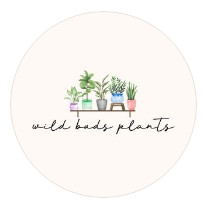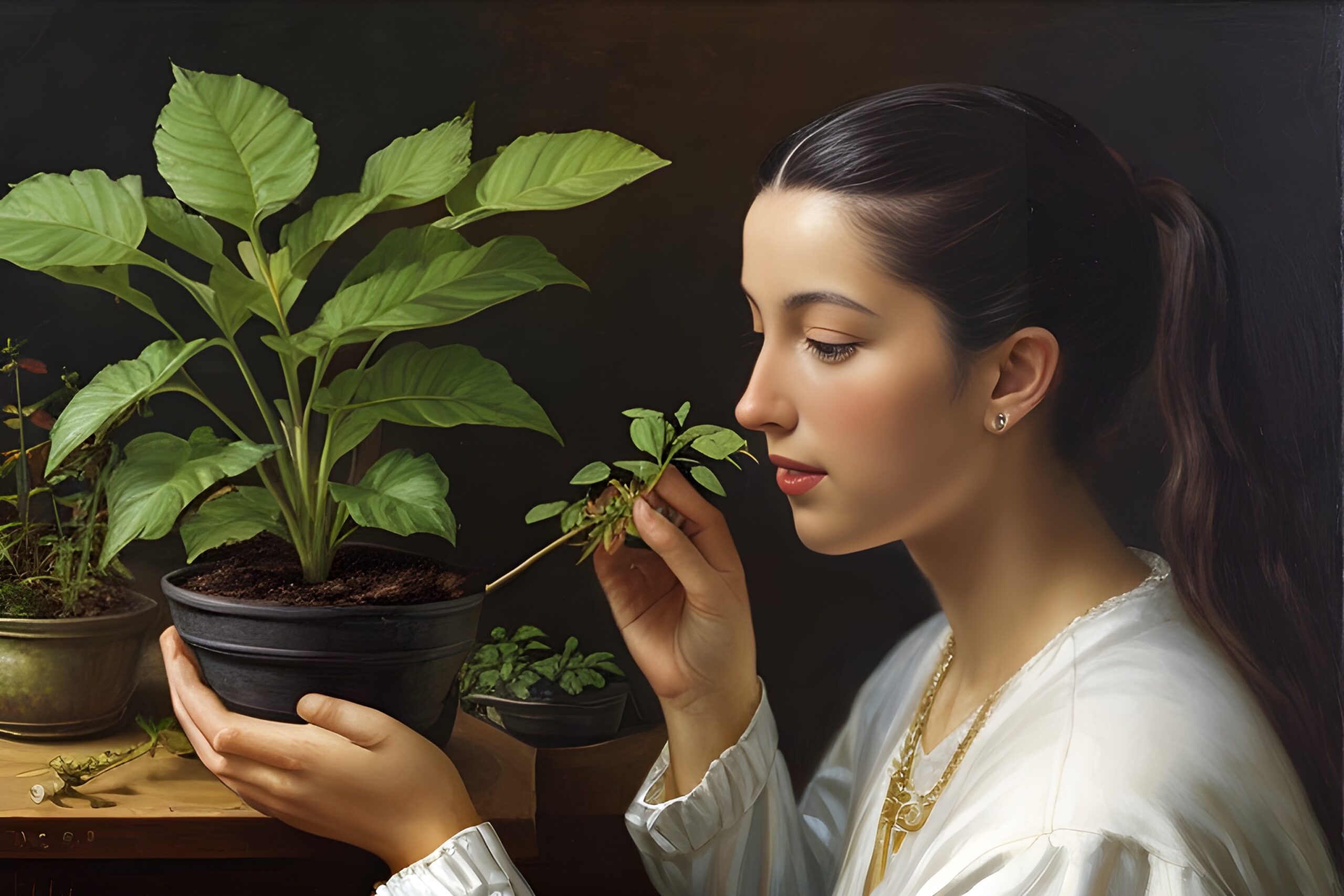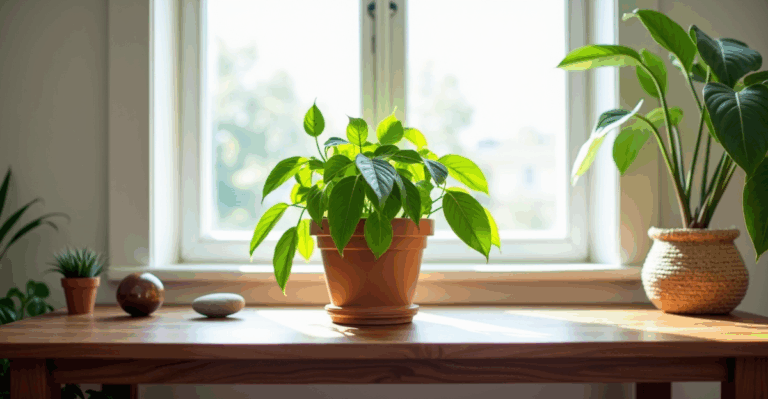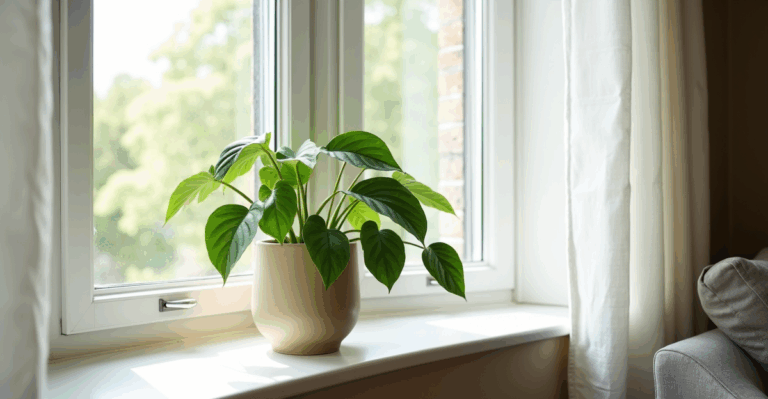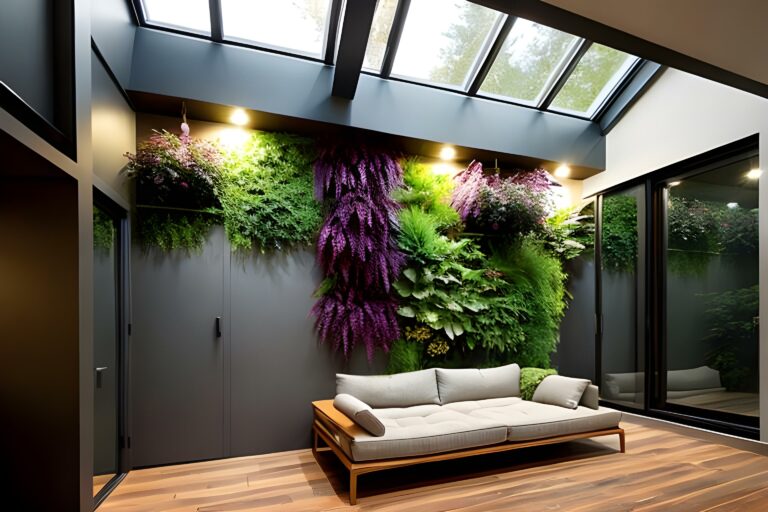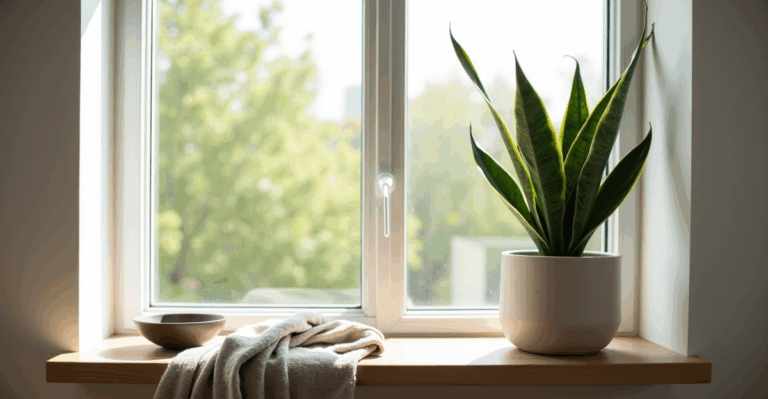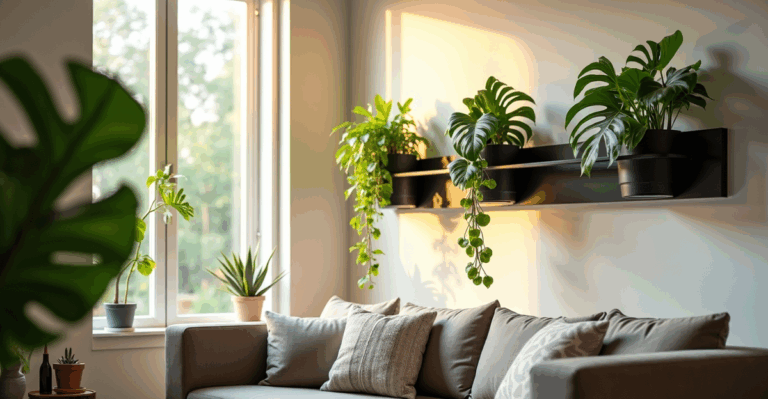Unlock Plant Power: Your Ultimate Guide to Indoor Plant Food and Nutrition
Why Your Indoor Plants Are Secretly Craving More Than Just Water
Hey plant parents! Do you ever wonder why your plant leaves are turning yellow? Or why your peace lily just isn’t blooming the way you imagined? Could it be they’re thirsting for something more than just H2O? Think of it this way: we don’t thrive on water alone, right? So, why should your plants?
Your Plants Are Hungry, Not Thirsty!
Indoor plants require different nutrients at different stages of their life. Just like humans need different vitamins and minerals, plants need their version of a balanced meal too. That’s where plant food comes into play. Imagine you’re a chef. You’re in your kitchen (your plant sanctuary), and you’ve got to cook up a dish (a thriving plant) that needs specific ingredients (nutrients). How do you do it?
The Essential Nutrients: The Big Three and The Micronutrient Gang
When it comes to plant food, there are two main categories you should know about:
- Macronutrients: These are the big players, the headline acts. We’re talking about Nitrogen (N), Phosphorus (P), and Potassium (K).
- Nitrogen: The leaf-builder. Want those lush, green leaves? You need nitrogen.
- Phosphorus: The bloom-booster. For flowers and fruits, phosphorus is your go-to.
- Potassium: The immune system. This helps with disease resistance and water regulation.
- Micronutrients: These are like the backup dancers—important but not the star of the show. Examples are Zinc, Iron, and Manganese.
DIY Plant Food: Mixing Up Nutrients Like a Pro
Don’t want to buy commercial plant food? You can be a plant nutritionist and whip up your mix. Here’s how:
- Eggshell Frenzy: Crush some eggshells and mix them with soil. It’s a calcium boost that your plants will love!
- Coffee Ground Goodness: Spent coffee grounds provide nitrogen. Mix them in with your soil and watch those leaves flourish.
- Banana Peel Magic: High in potassium, banana peels can be cut up and buried in your soil for that extra zing.
Remember, it’s all about finding the right balance. Overfeeding can lead to nutrient toxicity, while underfeeding leads to deficiencies. You don’t want to be the parent who either starves their kids or stuffs them silly, do you?
Schedule It Out: How Often Should You Feed Your Plants?
Do you have a schedule for your own meals? Your plants could use one too. The general rule is to fertilize every 4-6 weeks, but it can vary based on the plant and the type of food you’re using. Always read the label and, when in doubt, less is more.
Troubleshooting: When Good Plants Go Bad
Even when you think you’re doing everything right, things can go wrong. Brown spots, leaf drop, or a dreaded insect invasion. If you see any of these signs, stop and reassess. Are you overfeeding? Is the pH level off? Be like a plant detective and look for clues.
To Sum It All Up
Your plants are like your babies, and as any good parent knows, the right nutrition is key to growth. With the proper mix of macronutrients and micronutrients, you can turn your indoor garden into a lush paradise.
FAQs: What’s Bugging You in the Plant Food Realm?
- What’s the N-P-K ratio?
- It stands for Nitrogen-Phosphorus-Potassium. You’ll see it on commercial plant food packages, like 10-10-10 or 20-20-20.
- Can I overfeed my plants?
- Absolutely. Too much of a good thing can cause nutrient toxicity.
- Is tap water okay for my plants?
- It can be, but some plants prefer filtered or distilled water due to the chlorine content in tap water.
- Organic vs. chemical plant food: Which is better?
- Neither is definitively better; it depends on your plant’s specific needs and your own preferences.
- When is the best time to feed my plants?
- Early morning or late afternoon is generally best to avoid the heat of the day.
- Can I use outdoor plant food on my indoor plants?
- You can, but be cautious about the dosage as outdoor formulas may be more concentrated.
- Do all plants require the same nutrients?
- No, different plants have different nutritional needs. Always research your specific plant type.
- What are some signs of nutrient deficiencies?
- Yellow or pale leaves, slow growth, and poor flowering or fruiting are some common signs.
More Reads for Green Thumbs Like You
- The Perfect Watering Routine: Dive into the art of watering. What’s too much? What’s too little? Let’s find out.
- Indoor Plants for Beginners: A guide for those just starting out in the world of indoor gardening.
- The Art of Pruning: Learn how to keep your plants healthy by trimming them the right way.
- A Guide to Soil Types: Different plants thrive in different soils. Understand what your plant needs.
- How to Propagate Your Favorite Plants: Turn one plant into many with the magic of propagation!
- Pest Control for Indoor Plants: Keep those creepy-crawlies away from your beloved green buddies.
- Plant Lighting 101: Understand the different types of lighting your indoor plants might need.
